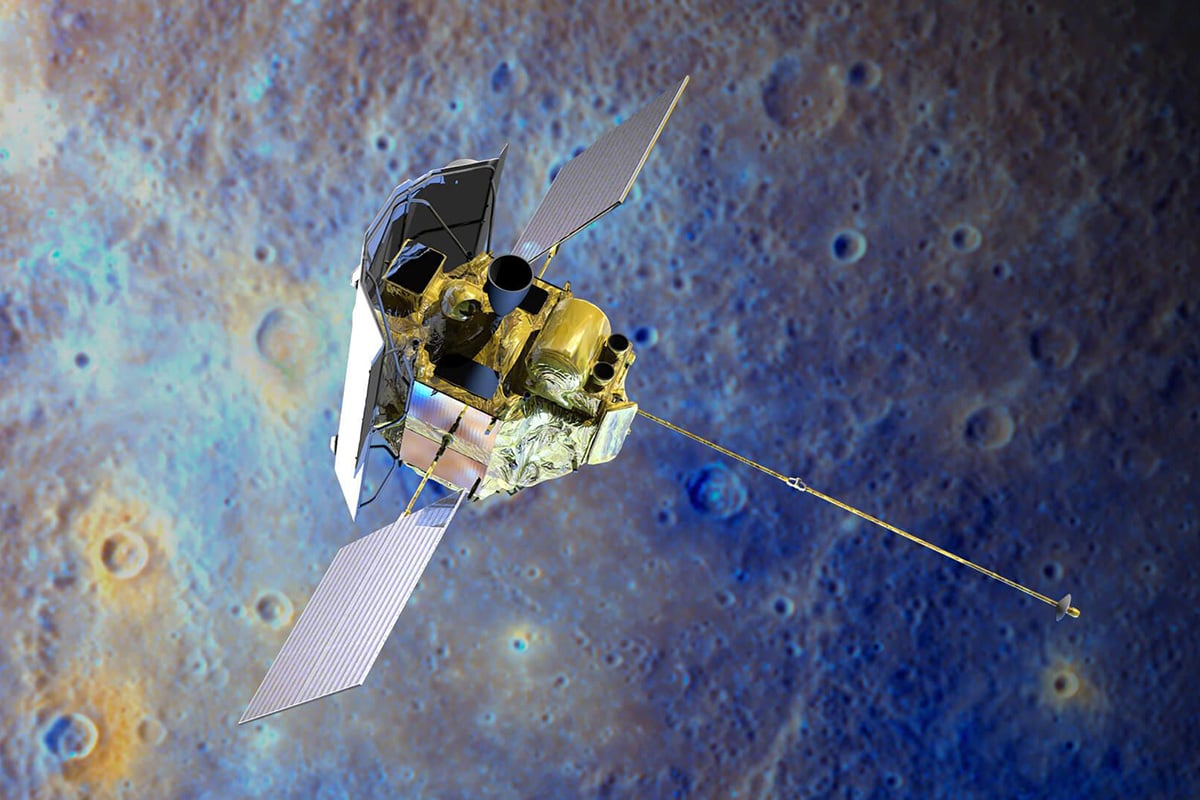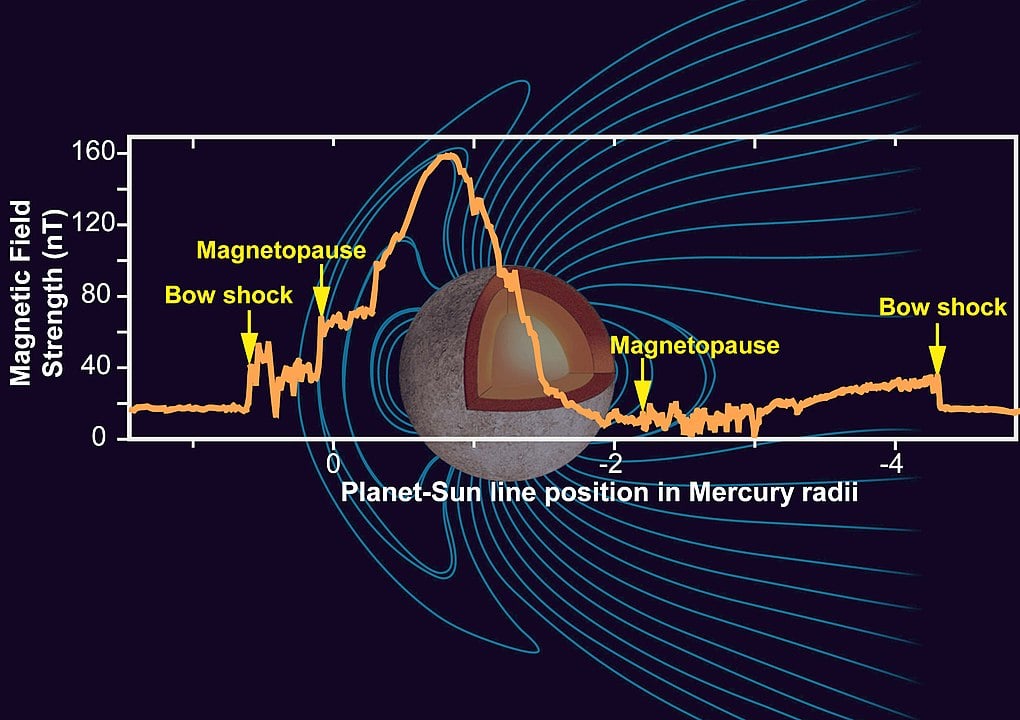Mercury is definitely the troublemaker of our Solar System. The smallest planet orbiting our Sun is also one of the most perplexing, with characteristics so unusual that scientists are still scratching their heads about how it came to be. But new laboratory experiments are finally starting to unravel Mercury's mysteries and what they're revealing could reshape our understanding of rocky planets everywhere.
 Mercury, the innermost planet of the Solar System captured by Mariner 10. (Credit: NASA/JPL/USGS)
Mercury, the innermost planet of the Solar System captured by Mariner 10. (Credit: NASA/JPL/USGS)
Unlike Earth, where the core makes up just 15% of the planet's volume, Mercury's massive metallic core accounts for a whopping 60%. It's as if someone took a planet and stripped away most of its rocky exterior. Scientists debate whether Mercury formed this way naturally from metal-rich building blocks, or whether catastrophic collisions early in its history removed its outer layers.
"Mercury is so off, it has this huge core, weird chemistry, and a magnetic field that doesn't quite add up. In a way, it's like an exoplanet in our own backyard." Anne Pommier, Carnegie Science's Earth and Planets Laboratory.
Since it’s not possible to drill directly into Mercury's surface, the team led by Anne Pommier from the Carnegie Science Earth and Planets Laboratory has taken an ingenious approach; they're recreating Mercury's geology in their laboratory. By synthesizing artificial lavas that match the chemical composition detected by NASA's MESSENGER mission, they've discovered something remarkable about how Mercury's ancient volcanoes behaved.
 Artist's impression of the MESSENGER Spacecraft (Credit: Johns Hopkins University)
Artist's impression of the MESSENGER Spacecraft (Credit: Johns Hopkins University)
The key difference, it seems, lies in sulfur. While Earth's lava is built from silicon-oxygen bonds that form long, sticky chains (somewhat like melted plastic), Mercury's sulfur-rich lavas have much shorter, less connected structures. This fundamental atomic difference means Mercury's ancient lava flows behaved more like syrup than tar, potentially explaining why the planet has surprisingly smooth volcanic plains despite its violent history.
Perhaps even stranger is Mercury's magnetic field. For such a small, slowly cooling planet, Mercury shouldn't really have an active magnetic field at all yet, unexpectedly... it does. Through thousands of computer simulations, Pommier and her colleagues have identified a narrow range of scenarios that could explain this puzzle.
Their models suggest that Mercury maintains its magnetic dynamo by slowly growing a solid inner core while a thin layer in the outer core continues to generate the magnetic field. This convecting region is getting progressively thinner, which might explain why Mercury's magnetic field is so weak compared to Earth's.
 Mercury's magnetic field (Credit: NASA)
Mercury's magnetic field (Credit: NASA)
These laboratory insights couldn't come at a better time. In 2025, the European-Japanese BepiColombo mission will begin orbiting Mercury, carrying with it instruments designed to probe the planet's magnetic field, chemistry, and electrical conductivity in unprecedented detail. But interpreting that flood of new data will require exactly the kind of fundamental understanding that experiments like Pommier's provide.
As we discover more rocky planets around distant stars, Mercury serves as a crucial test case, close enough to study in detail, yet alien enough to challenge our assumptions about planetary formation. Understanding this strange planet might just be the key to understanding rocky worlds throughout the universe.
Source: Inside Mercury: What experimental geophysics is revealing about our strangest planet

